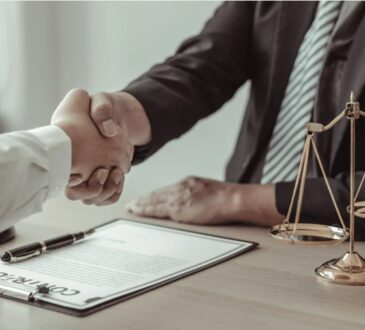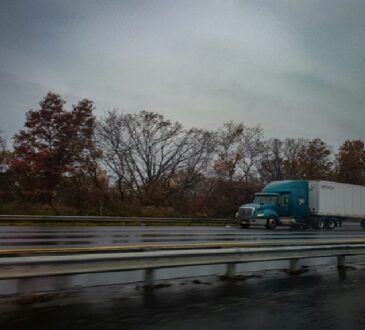
Every day, cars get into accidents and collisions on the road. Sometimes it’s clear to see why the crash was caused and who caused it, but in some circumstances, it might not be so clear. It could happen to any driver with millions of people injured in car crashes and even more vehicles damaged every year. Determining fault is not always straightforward. Sometimes, it can take a lengthy legal process. So, what methods are used to determine fault after a car accident?
Footage and Witnesses:
Accident lawyers bristol tn recommend collecting as much evidence as possible from the scene of your car accident since this can be extremely useful in the future when it comes to determining who was at fault. Today, with more and more cars now fitted with dashcams, it’s easier than it used to be to get clear footage of the incident unfolding, which can be watched back by your insurance company for them to determine exactly how the crash happened and who caused it. Along with getting any footage from the scene, witnesses in other cars or walking by at the time may have seen it happen and can provide further information to help determine fault.
Damage to Vehicles:
When the police turn up at the scene of a crash, their first job is to figure out if anybody is hurt and get medical attention if needed. Secondly, they will perform an assessment of the scene and look at all the damage to any vehicles involved. In some cases, this can make it clear to see which driver was at fault. For example, if a car has been hit from behind, it’s usually due to the driver behind being too close. Or, if a car has been hit at the side due to another driver going through a red light and into them, it’s normally quite easy to figure out what has happened by simply assessing the damage.
Driver Admission:
While it is not advisable to admit fault at the scene of the accident, once the claim has been filed with your insurance company and they have looked at all the evidence available, they may ask the driver who they believe to be at fault to take responsibility for the collision.
Going to Court:
Finally, in cases where it is difficult to prove fault and neither driver is willing to admit fault for the collision, the case may need to go to court. However, very few cases will get as far as court as they are often solved by an arbitration process or with an out-of-court settlement. The majority of large insurance companies will often take the dispute to a private arbitration company that will decide the extent of the damage and who is liable to pay.
In some cases, it is clear to see who is at fault for a car accident, but this is not always the case. Fault can be determined in several different ways including using evidence, assessing the damage, and arbitration.





